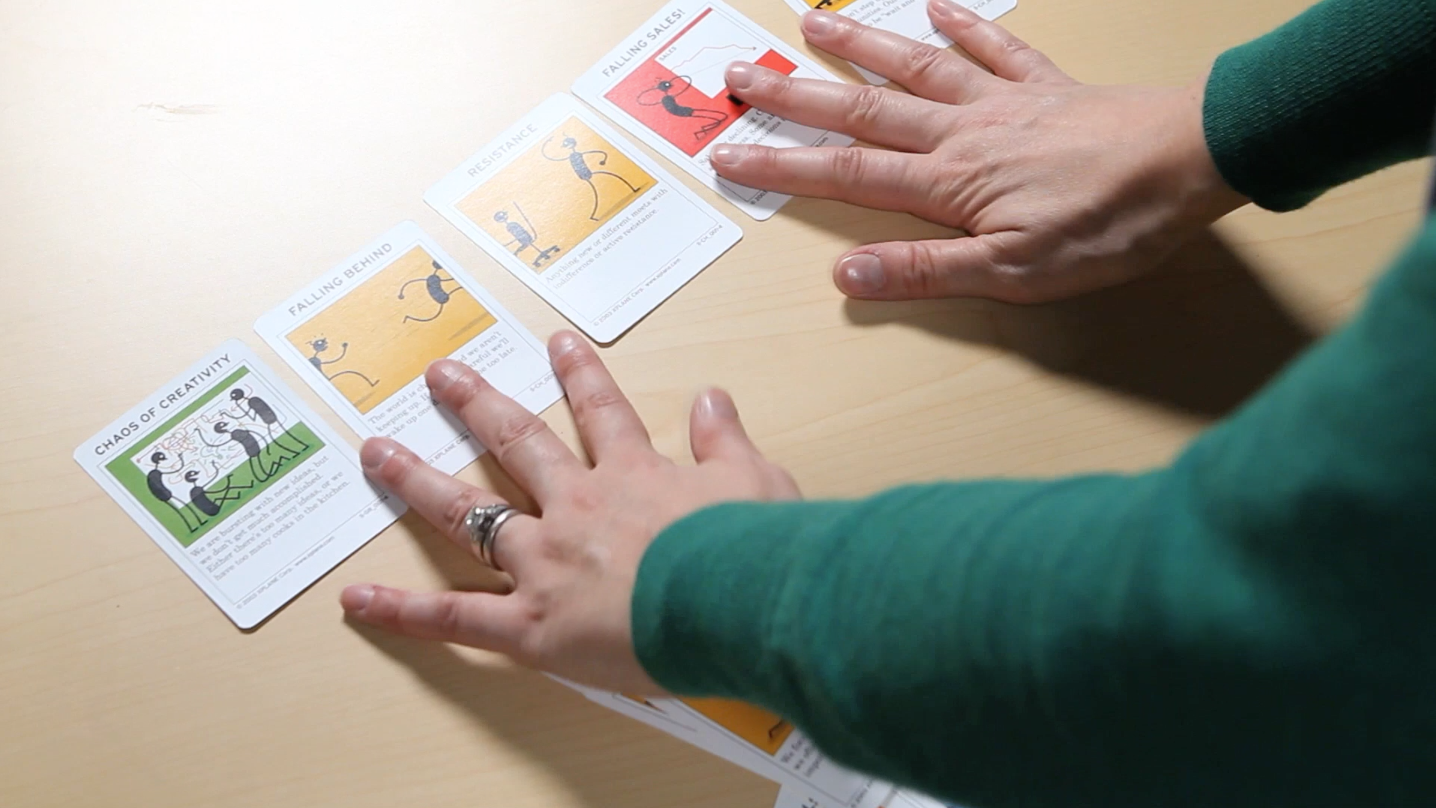Robin Roy and James Warren recently published a first-of-its-kind academic review of card decks. We were pleased to hear that they used the Deckaholic library extensively in their research and writing. Congratulations Robin and James!
From the abstract:
Many card-based design tools have been produced, initially to aid creativity and user participation in design, with an upsurge post-2000 when numerous card decks were developed. Reviewers have classified the tools using samples ranging from five to thirty-eight. Our comprehensive inventory and analysis of 155 cardbased tools offers a more robust classification, with three-quarters aiming to facilitate creative thinking, human-centred design, or domain-specific methods. The few scientific trials of these tools indicate they enable designers to generate more innovative concepts, and feedback indicates that cards can aid the design process and provide information, methods, or good practice in handy form. However, cards are usually tested and applied by their developers, so more independent trials are needed to establish their effectiveness.










